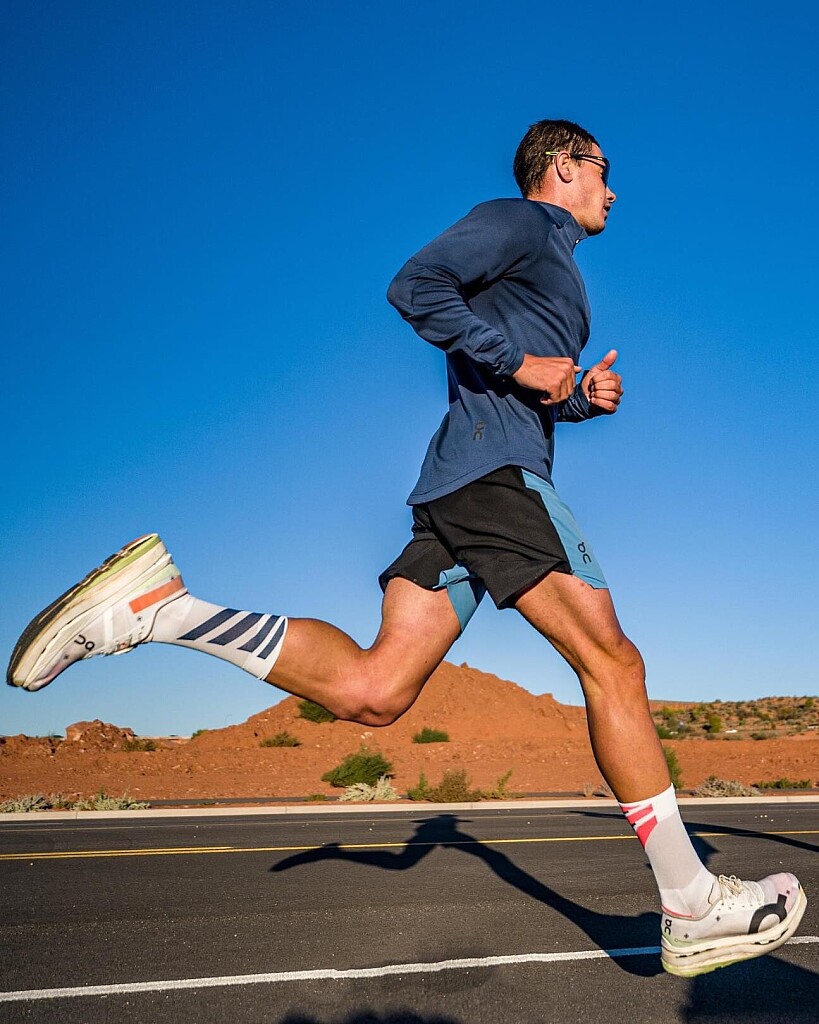Running News Daily
Running News Daily is edited by Bob Anderson. Send your news items to bob@mybestruns.com Advertising opportunities available. Train the Kenyan Way at KATA Kenya and Portugal owned and operated by Bob Anderson. Be sure to catch our movie A Long Run the movie KATA Running Camps and KATA Potato Farms - 31 now open in Kenya! https://kata.ke/
Index to Daily Posts · Sign Up For Updates · Run The World Feed
Train your gut and smash your goals
Run long enough and you’ll experience a fuelling issue–stomach problems that have you racing to the nearest washroom, feeling like you’ve depleted your energy stores (the dreaded bonk) or simply struggling to choke down enough fuel to keep you feeling energized. Runners often wonder if a higher carb (CHO) intake would result in better performance, and are faced with the dilemma of how to keep their gut happy at the same time.
We connected with Kelly Pritchett, a professor in nutrition and exercise science at Central Washington University and the director of sports nutrition for CWU Athletics. Pritchett shared her tips to train your gut for optimal performance.

“Performance can be significantly improved following two weeks of successful gut training, with a decrease in GI symptoms,” she explained. “Reduce GI symptoms and increase carbohydrates–you feel better so you go faster.”
Give yourself at least two weeks

Spend the time necessary to complete an individualized protocol, including at least two to three days a week of gut training. Practice gut training in training sessions that are similar to your goal race–try fuelling on a long slow run if you’re prepping for an ultra, or during a race pace session if you’re gearing up for a marathon.
Find your limit
“Experiment with CHO and fluid intake per hour using the actual products (food and drink) you would plan to use during the event,” says Pritchett. Finding your limit is key–Pritchett says this would be when you start to experience upper or lower GI symptoms and discomfort. Remember, practicing this, while slightly uncomfortable, will allow you to execute flawless fuelling on race day.
Keep a record of what works
Practice training with 100-120 per cent of your chosen CHO and fluid intake. Pritchett suggests keeping notes from each session and refining and adjusting each day as needed.
“Consider some of the following factors that may influence your protocol: volume of fluid, concentration of fluid, frequency of intake, type of CHO, your regular diet (FODMAP content, amount of dietary CHO),” says Pritchett. Take into account the heat and humidity in your training environment, your hydration status before you begin and the fat and fibre content of your fueling plan.
Simulate race day
“To compensate for the stress of race day, consider using 80 per cent of your CHO and fluid intake tolerance to decrease the risk of GI symptoms,” says Pritchett. With a bit of experimentation, you should notice a difference in your ability to take in carbohydrates without discomfort, and maybe hit a PB as a result.
by Keeley Milne
Login to leave a comment




